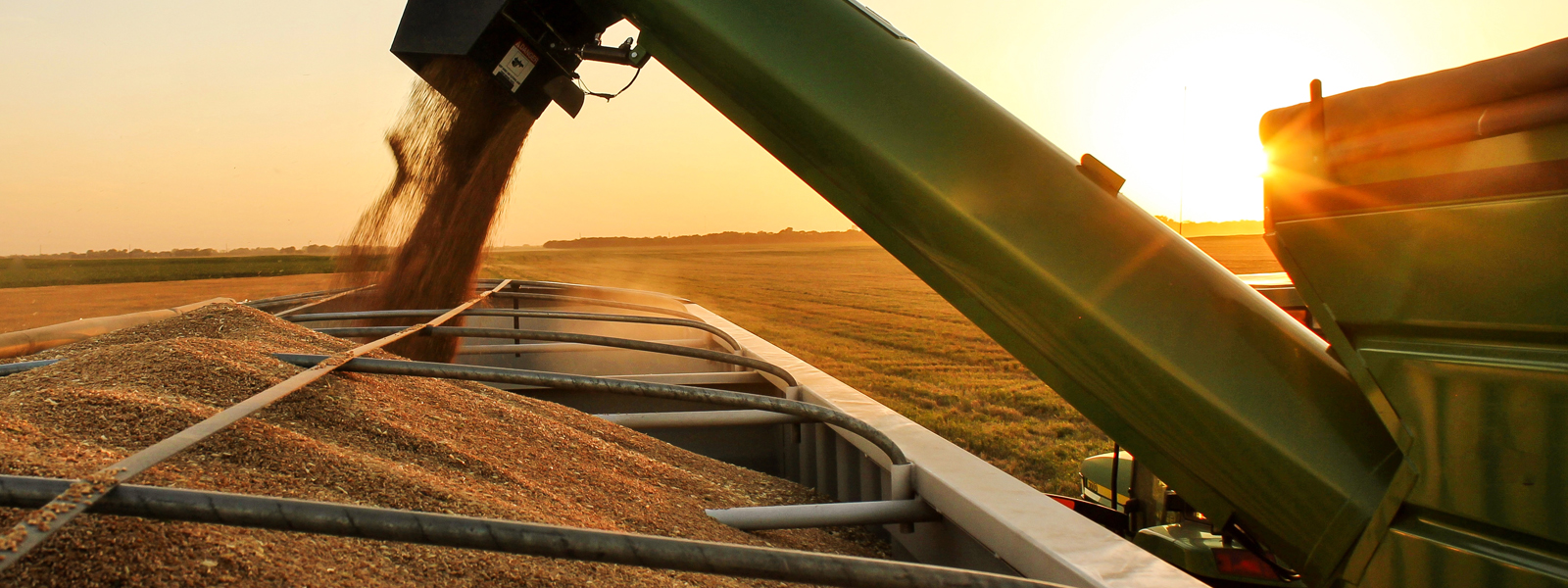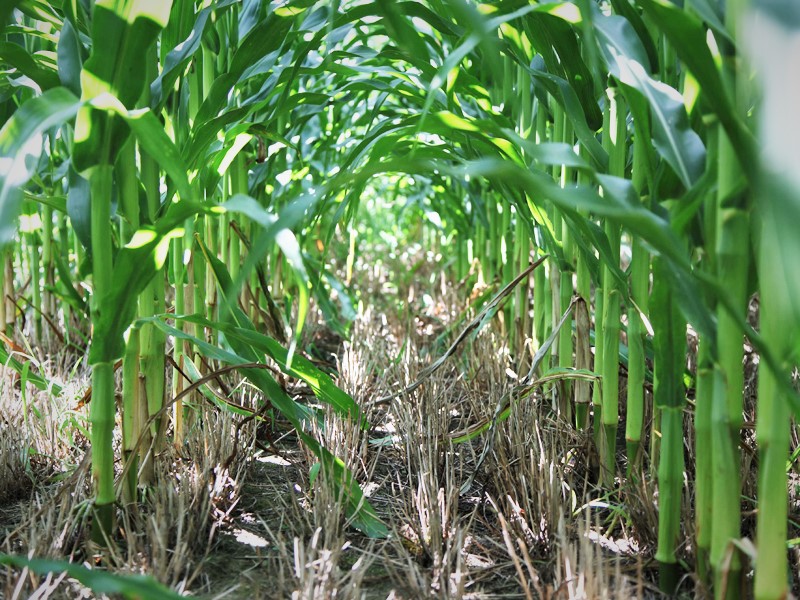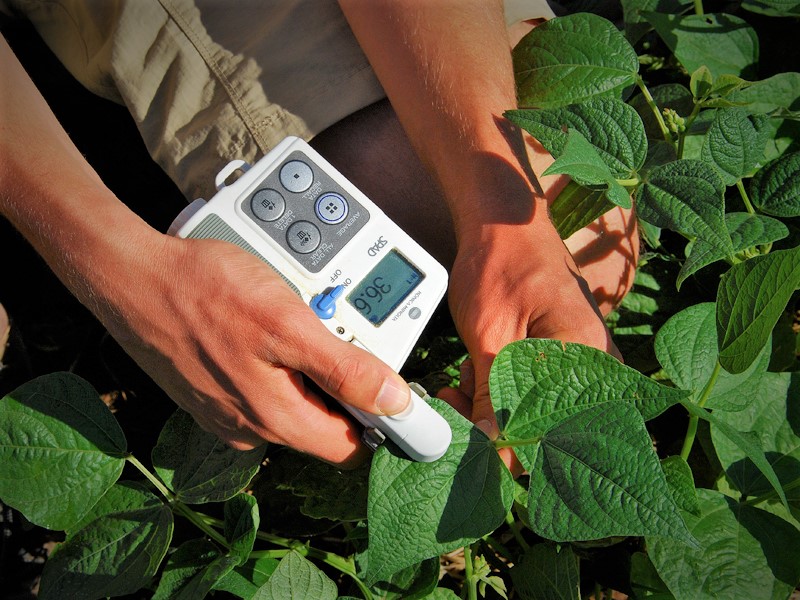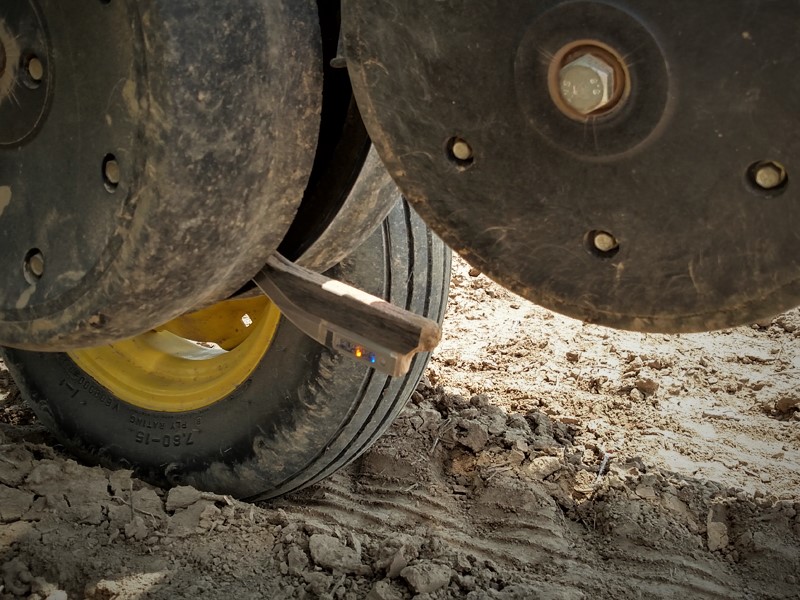
Crop Yields
If you’re a home gardener, you might think your biggest decision for the best yield of tomatoes, lettuce, or raspberries lies with the seeds or plants you buy at the garden store. That is an important choice, but the soil in your garden bed, your water management practices, and many other variables affect your yield, too. It’s even more complicated for farmers and agronomists.
The way we manage natural resources, like soil and water, is just as important as the way we manage seeds, fertilizer, and pesticides.
Growers face the challenges of an increasing demand for food and a decreasing amount of land for production. The growing population needs healthy food to eat. However, expanding cities and towns reduce the amount of land where farmers can economically grow that food. Those competing demands create a tough reality for agronomists.
Agronomists and the growers they serve strive to efficiently produce the food, fuel, and fiber used by the world. Most of the time that growers are planting a crop, it’s to produce a yield. Some practices, like using cover crops and mulches, are done for the sole purpose of improving soil health. Those are important techniques that contribute to the long-term gains and sustainability of farming.
To optimize yield, agronomists and farmers must:
- Understand the interactions between soil and plants
- Account for soil variability
- Account for climate and weather conditions
- Use resources effectively
- Ensure soil and environmental health for a sustainable system
Managing soil fertility may include traditional and modern approaches. A traditional approach may include soil testing. This helps farmers determine the soil nutrient status for a particular crop. The soil test will let the agronomist and grower know the soil’s pH, which can control how well a plant uses nutrients. It can also tell the grower what levels of nutrients, like nitrogen, phosphorus, and potassium, are in the soil before they plant. Based on the results, agronomists provide recommendations for nutrient amounts that should be applied. The goal is to economically maximize crop yield.
Modern, sophisticated tools may include active sensors. These sensors can be mounted on tractors or on hand-held devices. They measure the nutrient status of individual crop plants in real time. As the tractor moves across the field, the sensors can alert the tractor’s computerized system to the specific fertilizer needs in that area of the farm. This is called site-specific application. The exact nutrient amount—no more, no less—is applied. It accounts for the nutrient variability present in the field before fertilizer is applied. The grower has to invest in the equipment, but that investment can pay back in lower fertilizer costs and better yields.
In addition to reduced fertilizer costs to the grower, site-specific application has other benefits. It can increase the efficiency of how crops use those nutrients and eliminate over-application. In turn, that can result in less environmental pollution.
Agronomists may also adopt this site-specific application concept to other crop resources. Tractors are now able to vary the rate at which they apply seeds and pesticide. Water sensors help growers know how much irrigation is needed. All these practices can improve efficiency, minimize costs, and optimize yield.
Agronomists also need to consider weed control. Weeds can steal nutrients and water from the crop, and that steals yield. An agronomist might recommend conservation tillage or cover crops in these situations. Both practices can fill other field needs. They can conserve soil moisture, reducing irrigation concerns. Minimizing surface tillage and keeping the soil covered with a cover crop can also reduce potential soil erosion. Erosion control, in turn, helps prevent the loss of fertilizers and pesticides from the field. This helps protect finite surface water resources.
Good crop management is critical to maximizing yields. In addition, agronomists must be aware of how their management decisions affect the environment. Preserving soil and water resources is critical to ensure long-term yield stability and overall sustainability.



